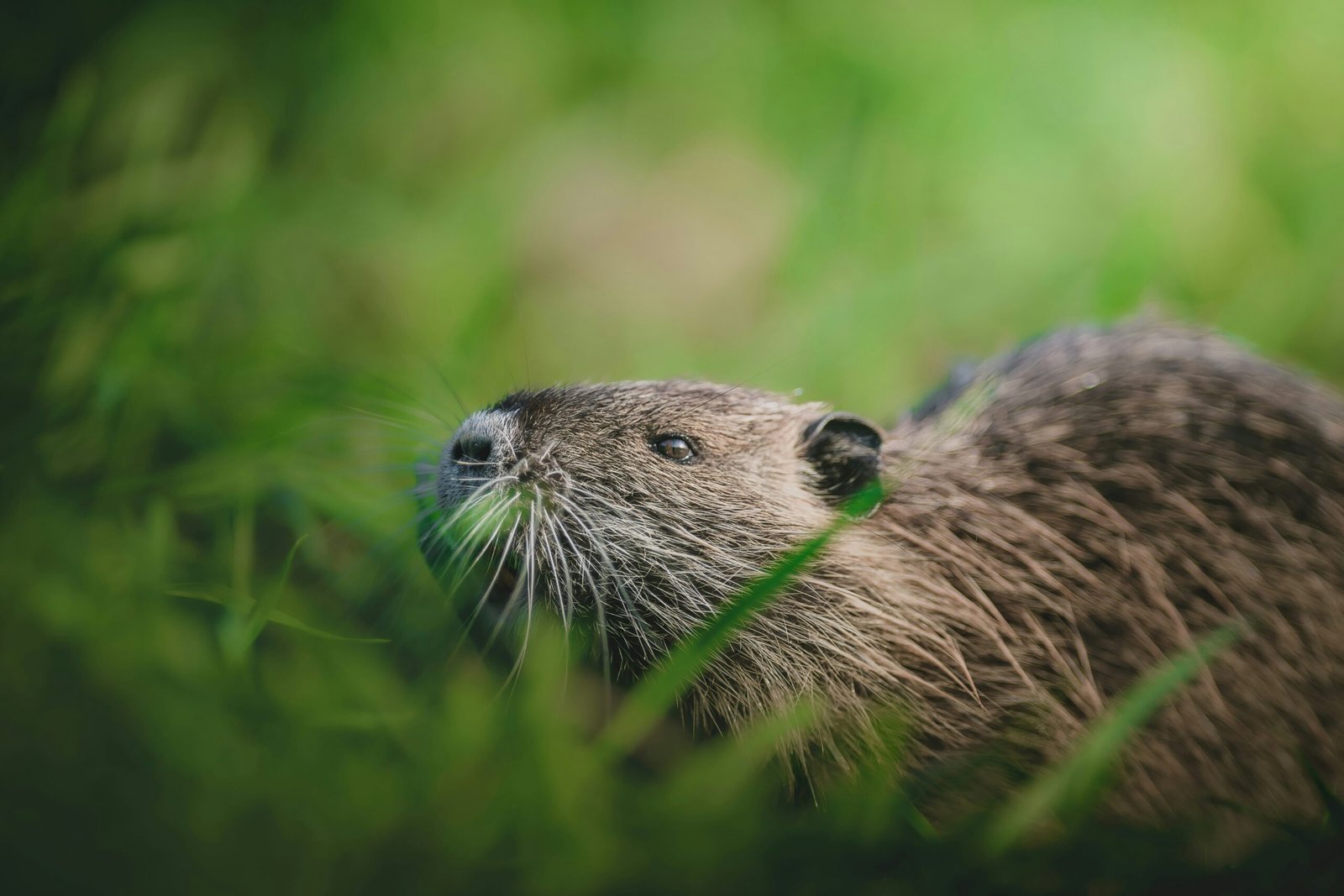

Introduction to Muskrats
Muskrats, scientifically known as Ondatra zibethicus, are medium-sized semi-aquatic rodents native to North America. Found in wetlands, ponds, and marshes, these animals are well-adapted to their environments. In this tutorial, we will explore the life cycle, habitat, and behaviors of muskrats, offering a step-by-step guide for anyone interested in learning about these fascinating creatures.
Step 1: Understanding Muskrat Habitat
Muskrats prefer areas with abundant vegetation, as this provides them with food and shelter. They construct burrows in the banks of ponds and create lodges comprised of reeds and mud. Observing these habitats will help you gain insights into how muskrats thrive in their ecosystems. Look for signs such as feeding trails or burrow entrances to identify their presence.
Step 2: Observing Their Behavior
During the spring and summer months, muskrats are most active. They are excellent swimmers, using their webbed hind feet to propel themselves through the water. Take note of their foraging techniques; muskrats predominantly feed on aquatic plants, which they often gather in large amounts to consume or store. Establishing a routine observation schedule will enhance your understanding of their daily behaviors.
Step 3: Conservation and Impact
Muskrats play a crucial role in their ecosystems, contributing to wetland health and biodiversity. However, habitat loss and pollution are significant threats to their populations. Engaging in conservation efforts, such as wetland restoration, can foster a sustainable environment for muskrats. Share your findings with local wildlife organizations and help raise awareness about the importance of preserving these habitats.
RELATED POSTS
View all
